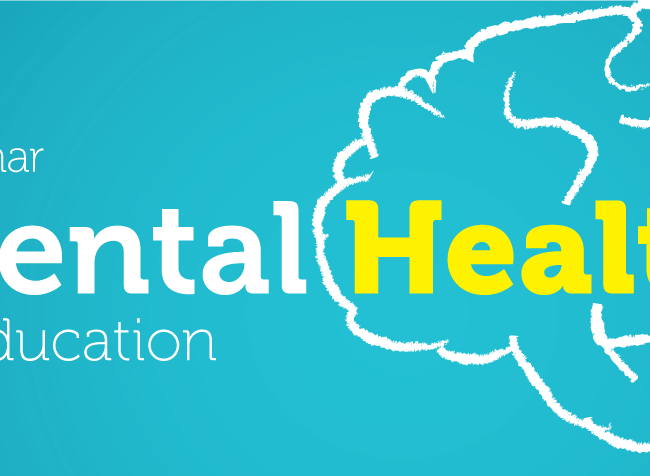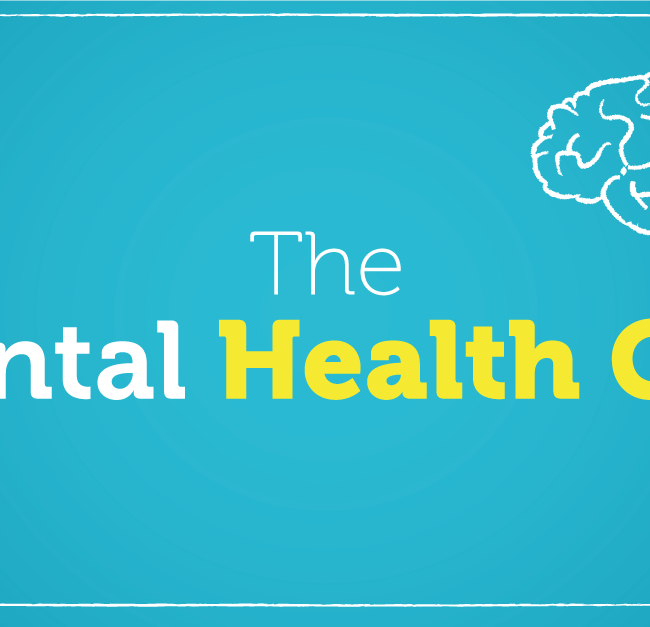
The causes of mental health issues
It is widely known that mental health issues are a common amongst students in higher education. The numbers are shocking: 50% of the students suffer from problematic stress, 33% from psychologically related complaints such as concentration problems, fear of failure and depression, and 15% is at a serious risk of a burnout. But what are the culprits that cause these problems and what actions can educational institutions take?
What students experience everyday

Pressure. A degree is becoming more and more important, which increases the pressure students have to deal with. In addition to the pressure from an educational institution, students nowadays feel additional public, social and financial pressure. It is considered increasingly normal for graduated students to start their first job with excellent grades and many valuable experiences outside their degree. The bar is raised every day, resulting in increased pressure on today’s students.
The social environment of a student, consisting of family and friends, study associations and social media, is another source of pressure. Family and friends have high expectations. Study associations compete with each other on the amount and quality of activities they organize. Lastly, students see the ideal picture, painted to them on social media. However, that picture is simply impossible to reach. High and often wrong expectations get the better of today’s students.
Finally, there is the financial situation of students. Higher education is expensive which causes students to ask their parents for money, to try and get a grant, or to take out a loan. A lot is asked from students and since many students do not have the money to pay for their degree, high debts are the result. Failing subjects resulting in delay, makes the debt even higher, hence the extra pressure for students to perform.
What students say
We asked a number of students how they are affected by these challenges. The names are made up to protect the privacy of these students.
Sandra, a third-year student, tells us that she suffers from stress on a weekly basis. “Deadlines are the real culprits,” she says. “These are often disproportionately scheduled over the period and there is no clear overview anywhere to be found. Sometimes I only know one day in advance that I have to hand in a whole report the day after. A quick email was sent somewhere in the period. Another night without sleep… “
But deadlines are not everything. Simply being aware of new assignments is also a major problem. Sam, a second-year student, is losing sleep over this. “The workload is way too high for me to have a decent social life next to it. Being able to work-out is already a challenge. Every time I have completed a task, something new is added to my list.” And he is not the only one. His roommates suffer the same problems. “Stress and depression keep me awake and many of my roommates have the same thing. One roommate even has a burn-out and therefore sees a student psychologist.”
Help seems necessary, but waiting lists are long. Four or five week waiting lists are becoming more and more common. This, while four or five weeks covers a large part of a semester. Pim, a third-year university of applied sciences student, therefore states that “he would like to get away from it for a year, to unwind”.
The role of an educational institution

Students are busier than ever. Students spend an average of 32 to 40 hours on their full-time study. On top of this, three-quarters of students have a part-time job with an average of 12 hours per week, to be able to afford their education. Most students are living away from home and are dependant on themselves for the first time in their lives. Also, social activities and sports have not been included. In short, time is precious for students.
Since the time of students is valuable, they have to manage it properly. To do so, students need to be informed on everything they need to do both in the short and long term. Creating an overview helps students organize their time properly and enables them to ask for help in time, when they feel they need it. As an educational institution, you should provide this overview at any time for your students. If it does not help and students experience mental health problems from the pressure, make sure that the help they need is accessible for them!
How you can help students be successful
The most important goal of an educational institution is to help students be successful. To do so, you have to understand the needs and wants of your students. Are you curious about what these things are and do you want to know how you can deal with this as an educational institution? Then download our white paper!







